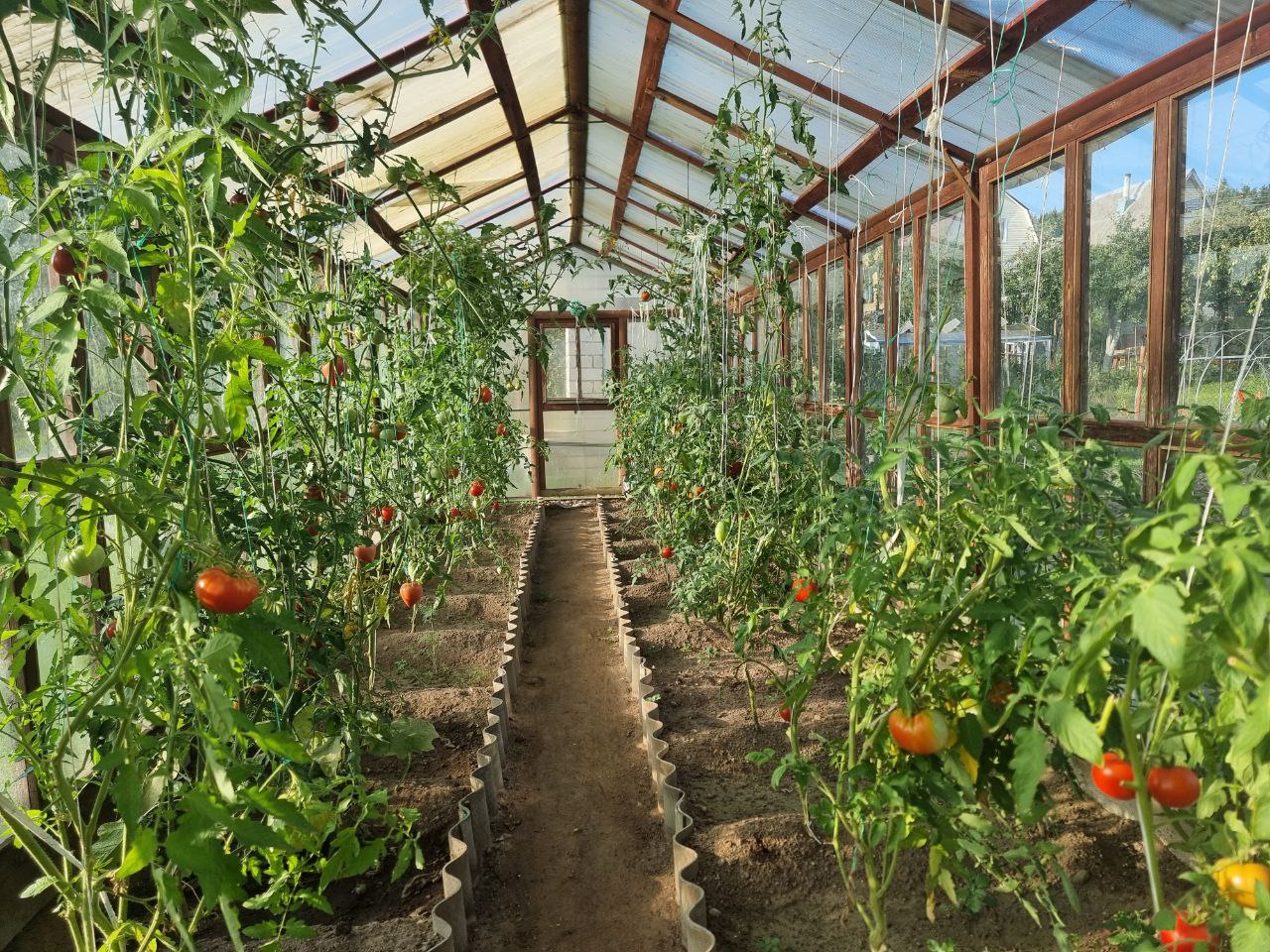Have you collected a record harvest of tomatoes and are already planning to sow the bed with new crops? Don't rush!
The soil after tomatoes turns into a trap that even experienced gardeners keep quiet about.
Research in the journal Agricultural and Food Science confirms that nightshades, including tomatoes, leave behind an arsenal of pathogens, from late blight to verticillium wilt.

For example, late blight spores remain in the soil for up to 5 years, and tomato root secretions block nitrogen absorption in subsequent crops.
California farmer Jacob Rice told Modern Farmer:
"After the tomatoes, I planted eggplants - they died without even having time to bloom. Laboratory analysis showed that the culprit was the fungus Fusarium oxysporum."
But that's not all! Tomatoes actively draw potassium and phosphorus from the soil, creating an imbalance of microelements.
Agronomist Maria Semenova warns in her blog Proogorod:
"Planting peppers or potatoes in this bed will result in leaf chlorosis and fruit deformation."
Even "harmless" zucchini, according to the Journal of Plant Nutrition , yields 40% less than tomatoes due to nutritional deficiency.
So what to do? Scientists from the University of Nebraska-Lincoln suggest a two-stage recovery:
- Sow green manure - lupine or vetch. They will not only saturate the soil with nitrogen, but also suppress pathogens.
- After 2 months, add compost with the addition of Trichoderma to the soil - this is an antagonist fungus that destroys late blight.
Advice from Italian winegrower Luca Martini :
"After tomatoes, I plant beans, and in the fall I bury their tops in the ground. It works better than chemical fertilizers!"
Remember: one mistake in crop rotation can ruin years of work.
